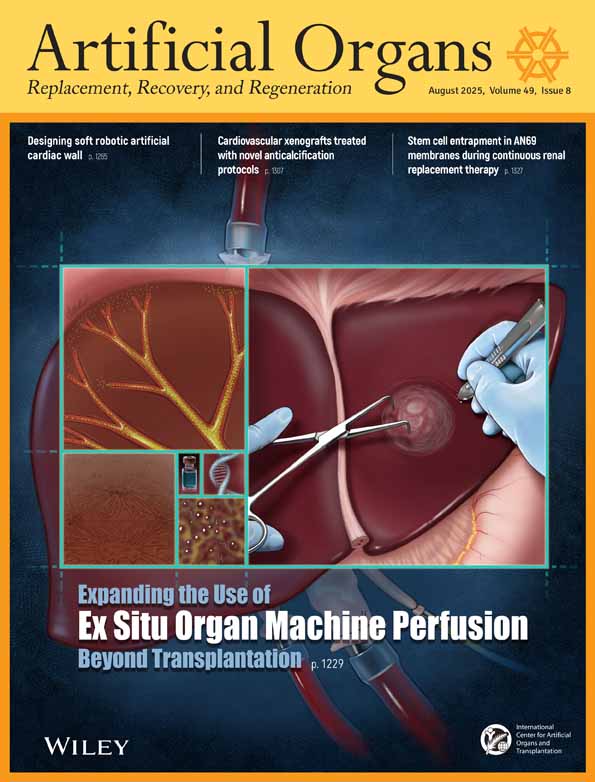Alternative Timeframes for Hemodialysis
Abstract
Abstract: Routinely, maintenance hemodialysis is applied according to an alternate day time schedule with dialysis sessions lasting 3 to 5 h. In analogy with continuous ambulatory peritoneal dialysis, a more gradual and more consistent removal pattern could be achieved by modifying this timeframe, e.g., by applying daily hemodialysis and/or by prolonging hemodialysis sessions to 8 h or more. Recently, a number of dialysis units implemented such alternative timeframes. Both the clinical and metabolic status showed dramatic improvements with beneficial effects on blood pressure, anemia, and potassium and phosphate levels. These changes occurred despite decreases in the dosage of the drugs administered to cope with these problems. However, controlled studies comparing morbidity and mortality of these alternative timeframes to the more traditional approaches are lacking at this moment.




